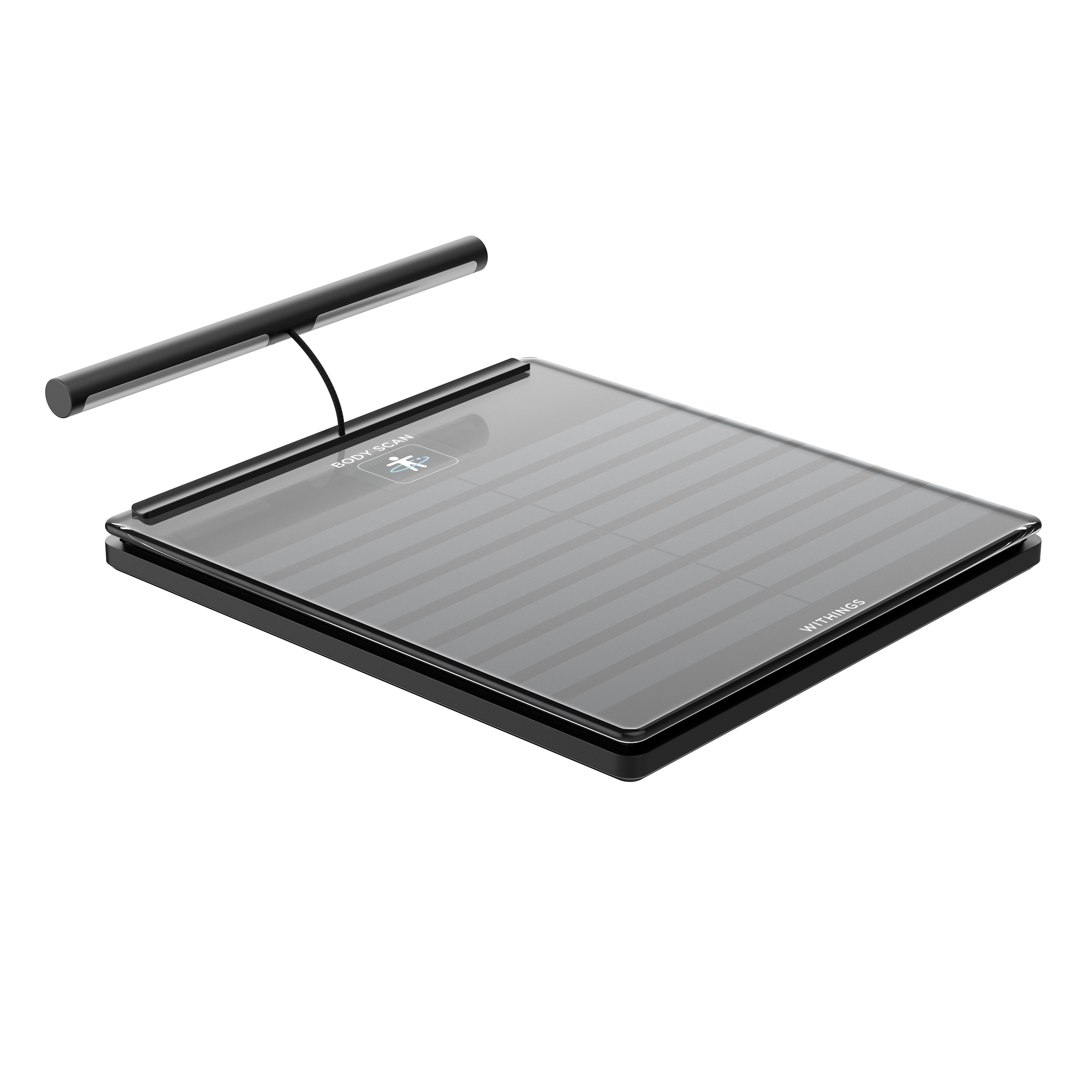
Running on the beach sounds so romantic, doesn’t it? The sun glints off the water, the sea spray from crashing waves… Sure, running on the beach is idyllic, but it isn’t all movie-montage stuff. Here are some beach running benefits, tips and hazards to know before you wave bye-bye to solid ground.
5 Things You Should Know About Running on the BeachInefficiency can be awesome!
In a study titled, Mechanics and Energetics of Human Locomotion on Sand, experts found human body mechanics and the physical properties of sand require the average runner to expend 1.6 times more energy when running on sand when compared with running an equal distance on a hard surface. Is spending more energy a bad thing? Not here. This is why sand makes for a fabulous workout.
If you’re a beginner, rethink the sand option or reduce your total run distance to start. On the flip side, if you’re an avid runner, taking your run to the beach will allow you to get a more intense workout. Running on sand is especially good for those training for marathons or other competitive events. It’s sort of like a different version of high-altitude training.
Running on sand has multiple benefits over pavement.
Some of our favorites include:
- The atmosphere rocks. Seriously, the sound of the waves and seabirds, the smell of the ocean, the beautiful vistas – does it get any better than that?
- If weight-loss is a goal, the aforementioned energetic requirements of running on sand means you’ll burn more calories, faster, and that means you’ll lose weight faster too.
- Running on sand is like running on a slightly padded surface – much healthier for feet and joints in the long-term. This is especially true if you’re a fan of barefoot running. Choose a running shoe that fits the surface you’re running on. If you do wear shoes, add socks to prevent errant sand from rubbing you raw.
Not all sand is created equal.
As you know, running on the sand next to the lapping waves is firm and entirely different than running on the sand up by the parking lot (super soft and way more labor intensive). The same goes for dry dunes versus wet dunes. Variations in sand means you can customize your workout – alternating wet and dry sand running – to increase/decrease the intensity of your run. Finer-grained sand means more resistance but softer on the feet; rockier sand makes for less resistance, but shoes are definitely required.
Bonus tip: Try running in water to add another layer of resistance – the deeper the water, the harder the workout. Analyze your beach options and choose the sand type that’s right for you.
Don’t be a victim of things like riptides, insect bites, heat stroke or sunburn. Barefoot runners need to look out for shells, bottle caps and everything else barefoot runners should always look out for. Maybe check the tide schedule (incoming!), wear sunscreen, don a hat and sunglasses and try to avoid the hottest hours of the day. If you aren’t used to running in sand, be conservative the first-time so you don’t strain muscles or connective tissues. And do remember to bring water. There’s tons of it crashing around you, but as you probably know, it isn’t drinkable.
Beach running can be followed up with a swim. The advantage of a beach is that water is inherently nearby. Optimize your beach run with your favorite swimming workout in the (hopefully) sun-warmed water. Or just let the waves wash over you. Either way — sands down — you win.
Related: Before you hit the beach, check out our perfect Spotify running playlist and then add your faves!


